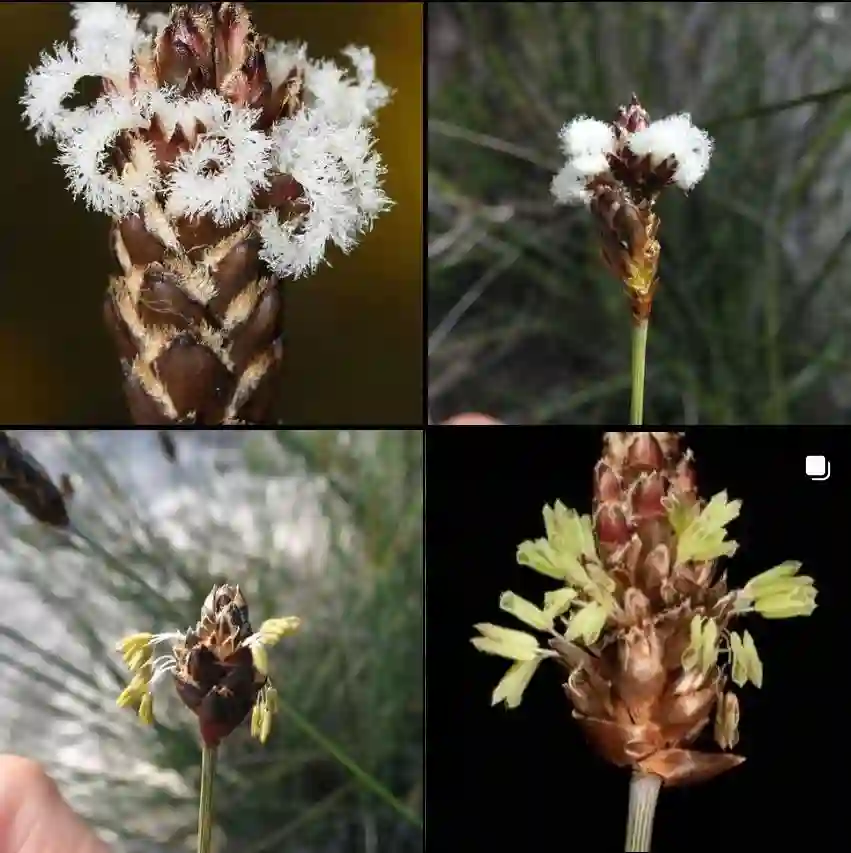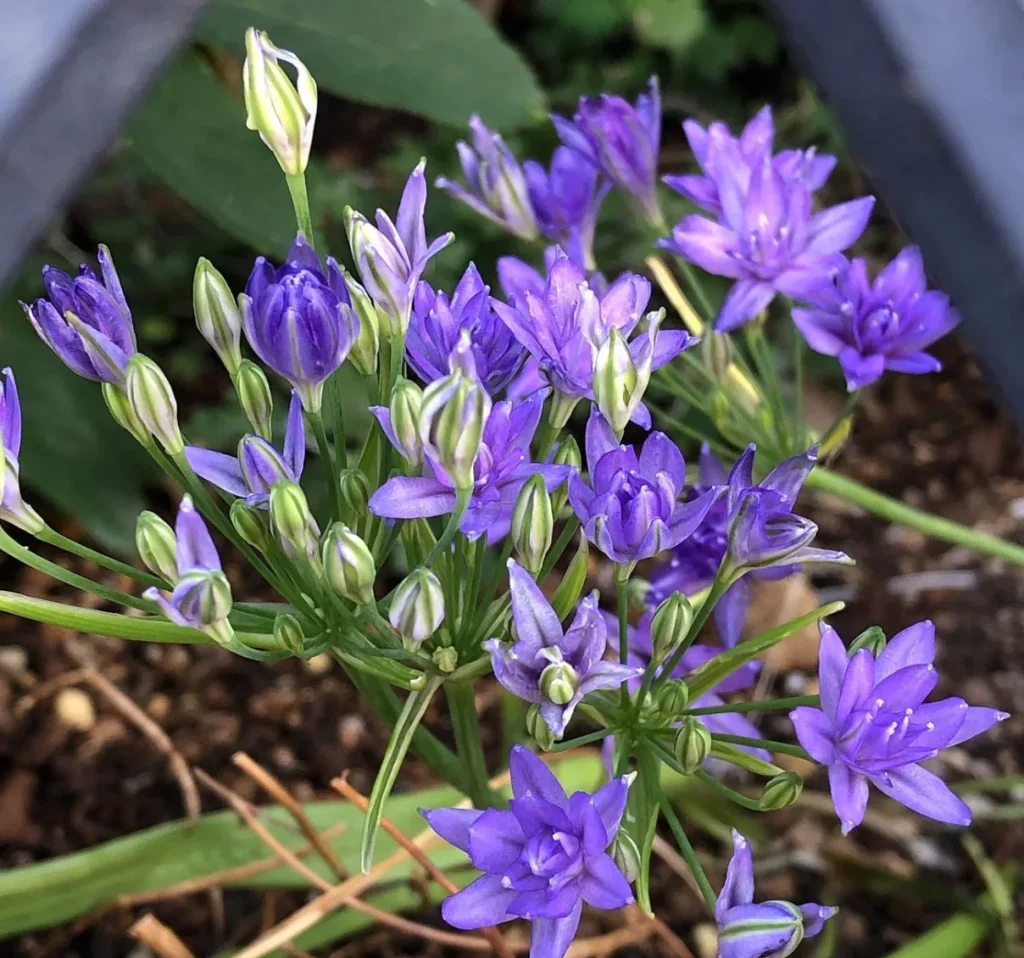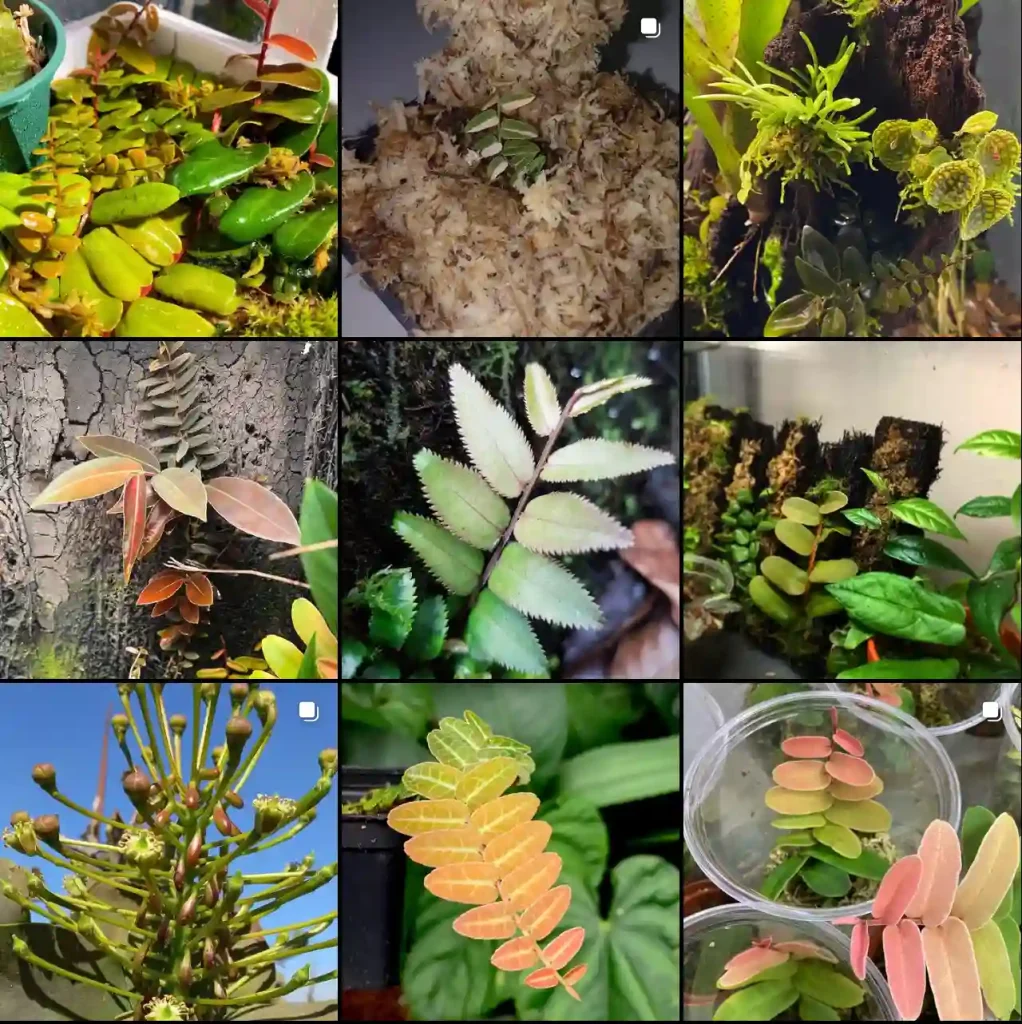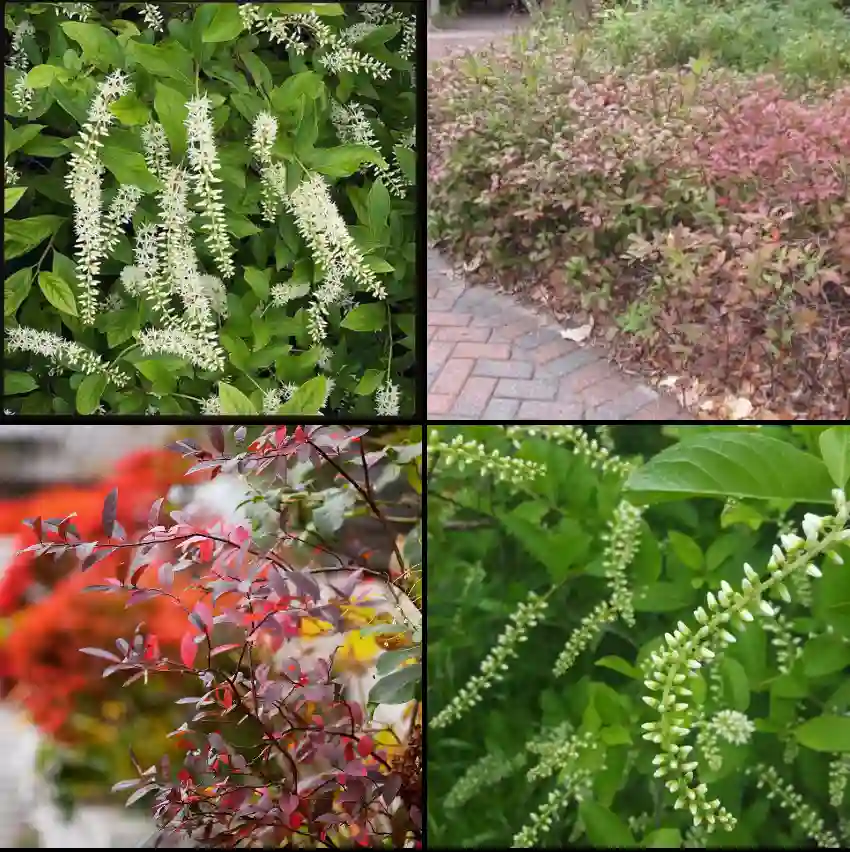Heuchera Black Taffeta: FAQs From a Gardener’s Perspective (Ferb Vu)
Heuchera Black Taffeta, a coral bells cultivar, has stolen the hearts of many gardeners with its dramatic, dark foliage. But with its unique characteristics, some questions naturally arise. Here, I, Ferb Vu, a fellow plant enthusiast, will answer some of the most common ones to help you decide if this beauty belongs in your garden.
How to care for Heuchera Black Taffeta?
Light and Location: Sun or Shade?
Heuchera Black Taffeta is a versatile plant when it comes to light. It thrives in full sun, showcasing its deep, dark colors to their fullest potential. However, it also tolerates partial shade, making it ideal for areas with afternoon sun or dappled light filtering through trees.
Pro tip: In very hot climates with scorching afternoon sun, consider providing some afternoon shade to prevent the leaves from scorching.
Soil Preference: Keeping Black Taffeta Happy
Black Taffeta prefers well-drained soil. This is crucial because soggy conditions can lead to root rot. Most soil types work well, as long as drainage is adequate. If your soil is heavy clay, consider amending it with compost or sand to improve drainage.
Remember: Black Taffeta tolerates average to moist soil, but it’s always better to err on the side of slightly drier conditions.
Watering Needs: When Does Black Taffeta Need a Drink?
Black Taffeta is surprisingly drought tolerant once established. Regular watering is needed during the first few weeks after planting to encourage root growth. However, after that, rainfall is usually sufficient. Water deeply when the top inch of soil feels dry to the touch, allowing the soil to dry slightly between waterings.
Key takeaway: Overwatering is the enemy of Black Taffeta. Aim for consistent moisture without soggy soil.
Winter Woes? Black Taffeta’s Cold Tolerance
This little trooper boasts impressive cold tolerance. It can withstand temperatures as low as USDA hardiness zones 4 to 9. In colder climates, the foliage might turn a brownish hue in winter, but it will return to its vibrant dark color come spring.
Peace of mind: Black Taffeta is a low-maintenance plant that handles winters well.
Feeding Frenzy: Does Black Taffeta Need Fertilizer?
Black Taffeta isn’t a heavy feeder. A light application of balanced fertilizer in early spring is sufficient. You can also use compost mulch around the base of the plant to provide sustained nutrients.
Less is more: Don’t overdo the fertilizer. Black Taffeta thrives with minimal feeding.
Showtime! Flowers and Foliage Display
The beauty of Black Taffeta lies primarily in its stunning foliage. The deeply lobed, ruffled leaves boast a rich, almost black shade with a glossy sheen. They add a dramatic touch to any garden bed. In mid to late spring, delicate pink flowers rise above the foliage on slender stalks, adding a touch of whimsy.
Visual feast: Black Taffeta offers a captivating combination of dark, dramatic foliage and delicate pink flowers.
How to propagate Heuchera Black Taffeta?
Black Taffeta is easily propagated by division in early spring or fall. Simply dig up a mature clump, carefully divide it into sections, ensuring each section has healthy roots and buds, and replant them in your desired locations.
Spread the love: Propagating Black Taffeta allows you to share its beauty or create a stunning display in your own garden.
Black Taffeta vs. Chocolate Ruffles: A Tale of Two Coral Bells
Both Black Taffeta and Chocolate Ruffles are popular Heuchera cultivars known for their dark foliage. However, some key differences set them apart. Black Taffeta boasts a glossier, slightly browner tone in winter, while Chocolate Ruffles has a more matte, true chocolate-colored appearance. Black Taffeta also has larger leaves compared to Chocolate Ruffles.
Choosing your champion: Black Taffeta offers a glossier sheen and larger leaves, while Chocolate Ruffles provides a true chocolate shade.
Black Taffeta vs. Obsidian: Unveiling the Darkest Secret
Heuchera Obsidian is another contender for the darkest foliage crown. It features a near-black, almost inky colored leaf with a matte finish. Compared to Black Taffeta’s glossy sheen, Obsidian offers a more muted, dramatic look. Black Taffeta also has slightly more ruffled edges on its leaves.
Darkness defined: Black Taffeta offers a glossy, dark purple-black, while Obsidian provides a true matte black.
Additional thoughts to consider:
- Companion planting: Black Taffeta pairs beautifully with lighter colored plants, creating stunning contrasts. Try it with yellow foliage like Heuchera ‘Goldilocks’ or variegated hostas for a captivating combination.
- Attracting pollinators: The delicate pink flowers of Black Taffeta attract butterflies and hummingbirds, adding a touch of life to your garden.
- Deer resistance: Another plus point for Black Taffeta is its resistance to deer browsing. This makes it a great choice for gardens frequented by these herbivores.
Final Thoughts: Black Taffeta – A Jewel for Your Garden
Heuchera Black Taffeta is a stunning addition to any garden. Its versatility in terms of light requirements, low maintenance needs, and impressive cold tolerance make it a gardener’s delight. The combination of its dramatic, dark foliage and delicate pink flowers adds year-round interest to your landscape. Whether planted in containers or used as a striking groundcover, Black Taffeta is sure to turn heads.
If i die, water my plants!



